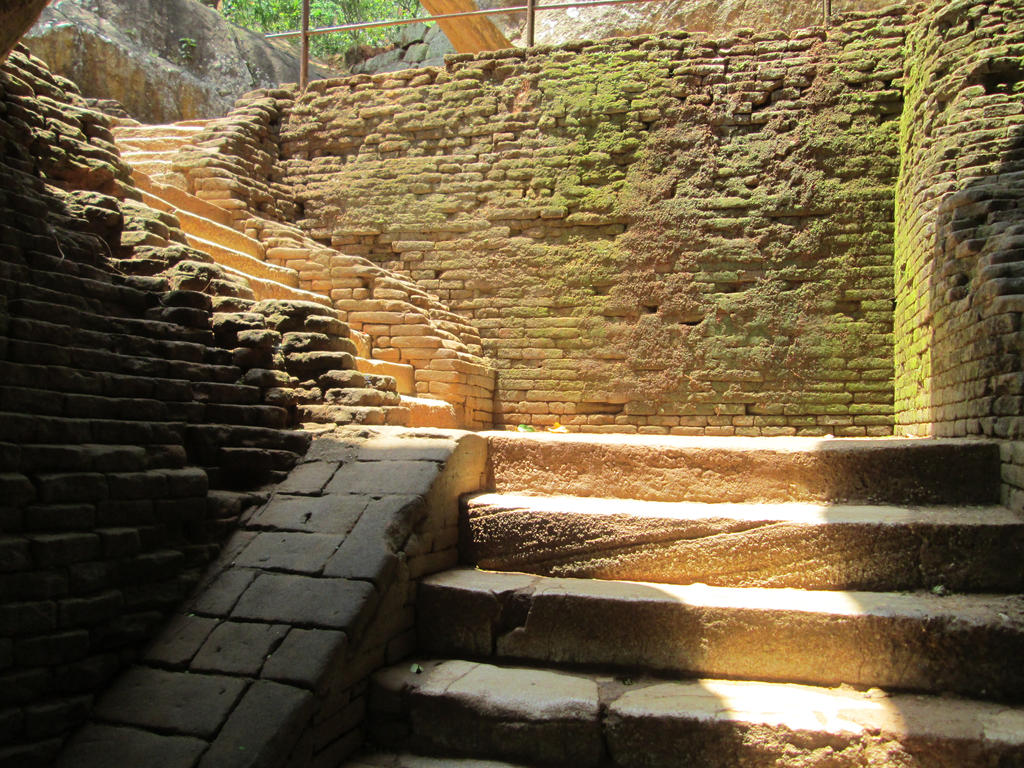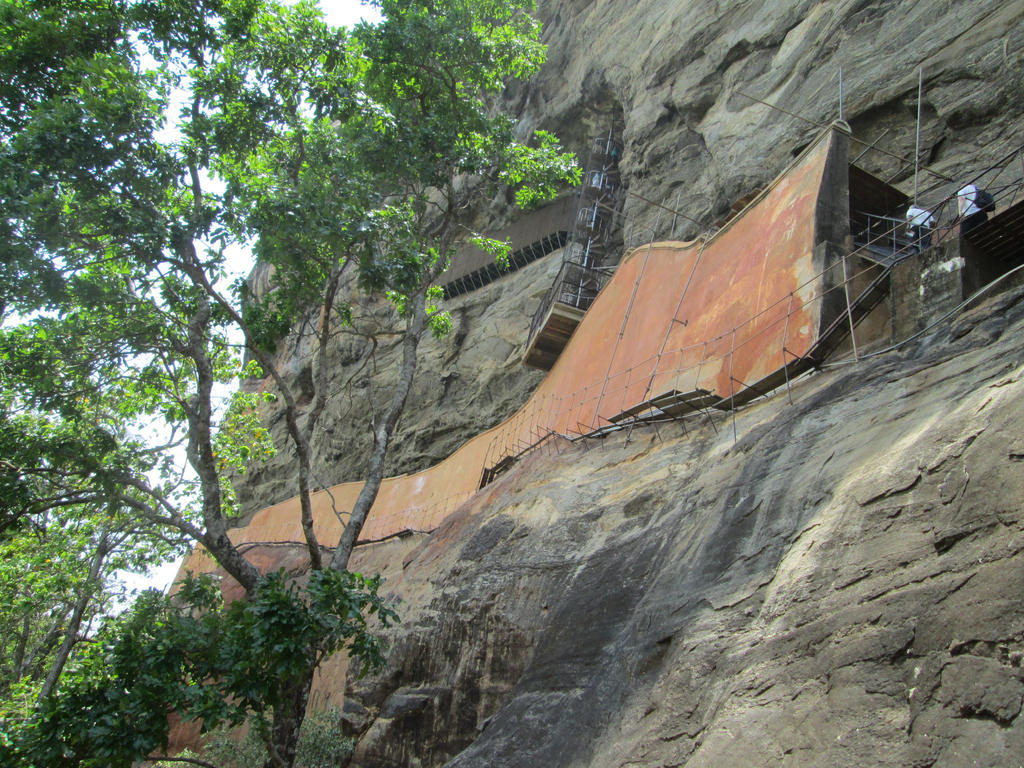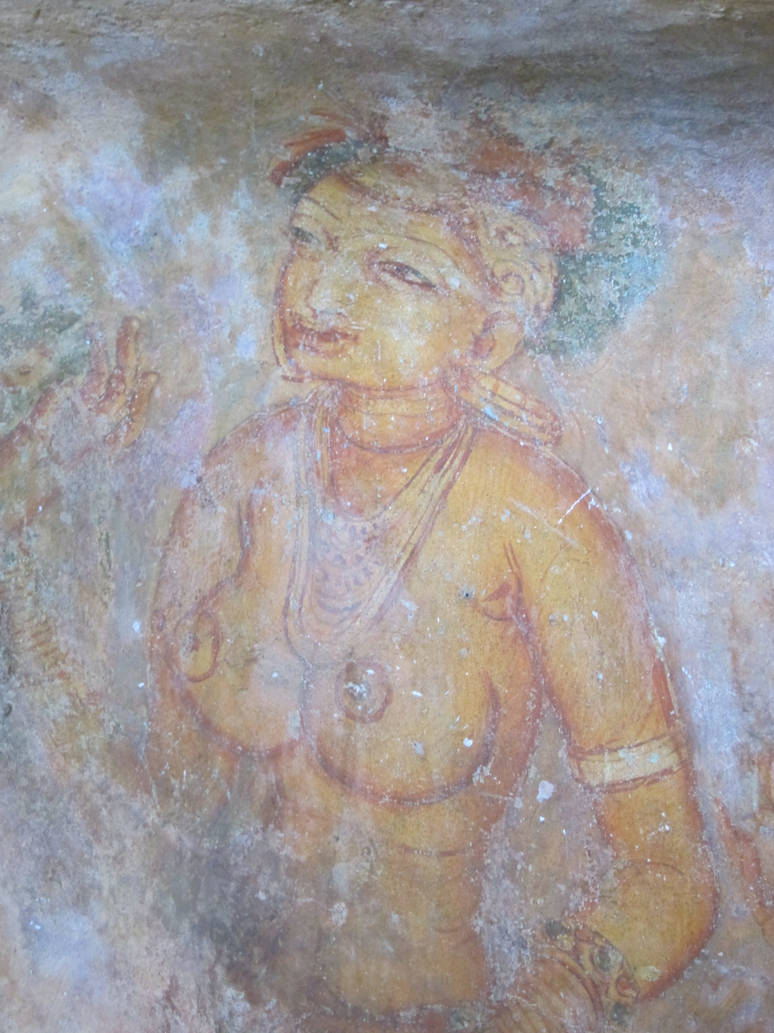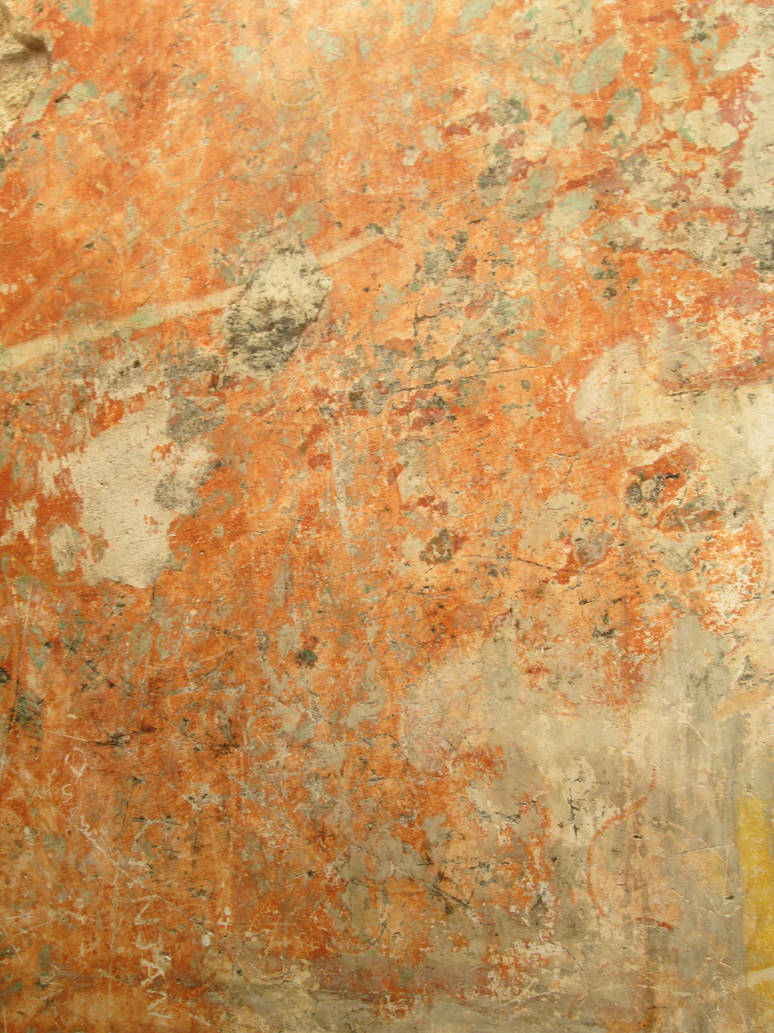Photos Taken on 29th Apr 2015
Source
From Wikipedia, the free encyclopedia
en.wikipedia.org/wiki/Dambulla…
Invite you to visit My previous Journal
Sigiriya The Lion RockSigiriya (The Lion Rock)
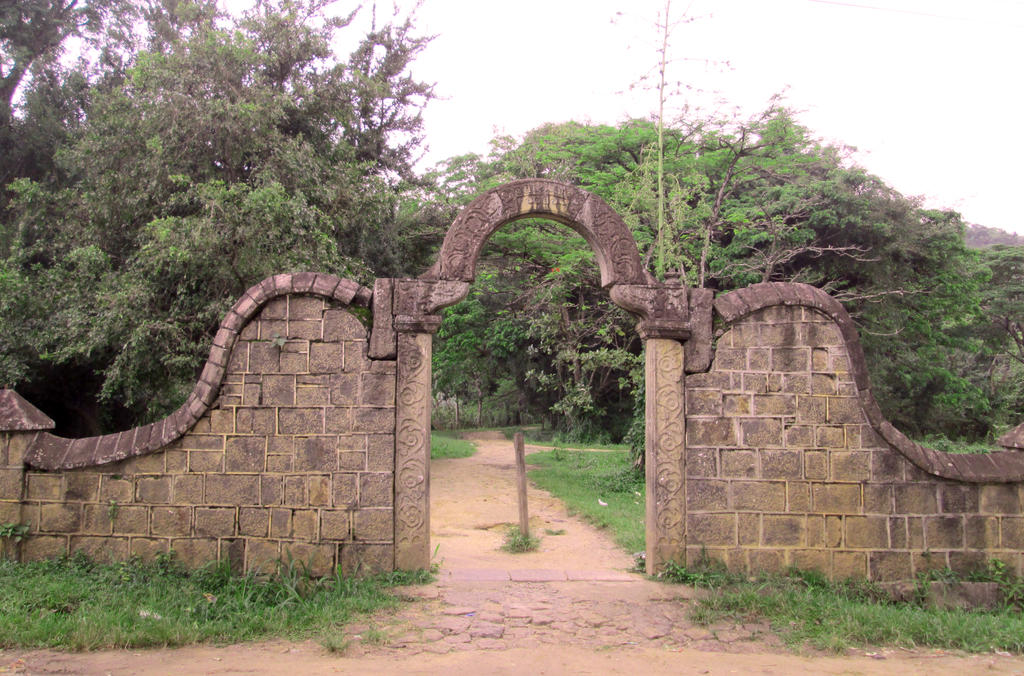
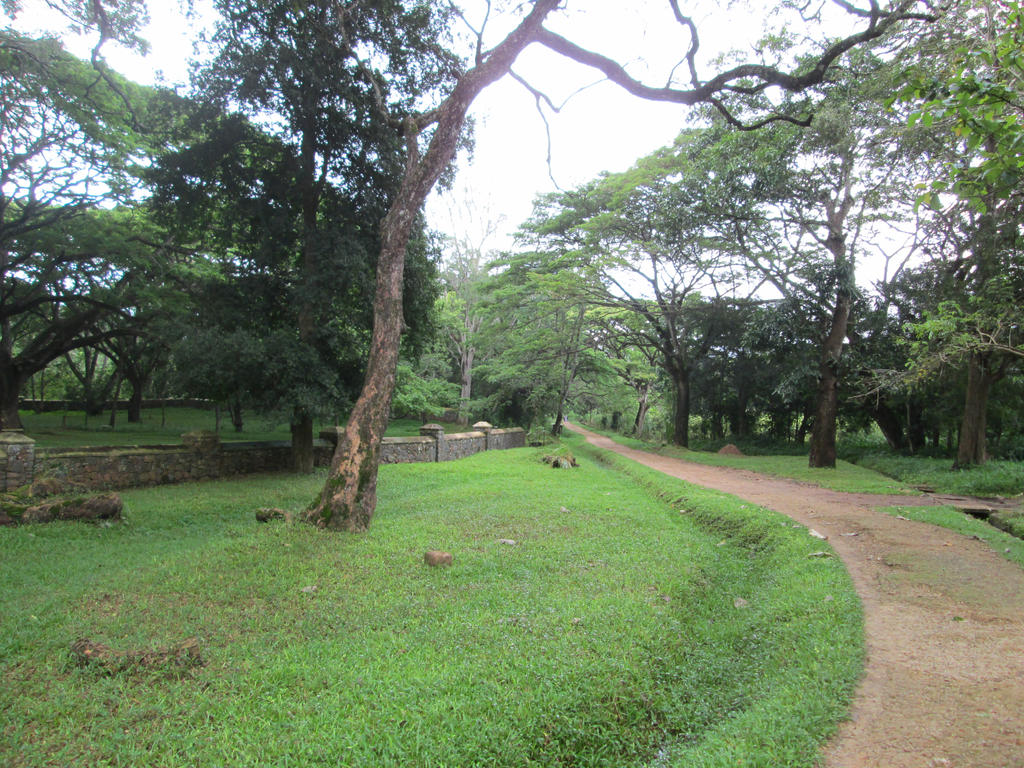
Maduwanwela Walawwa is a portrait of Kandyan architecture. The Mansion had been built under Maduwanwelas for centuries. After the constructions added by Maduwawela Maha Disawe, the black prince the total area of the residence was 20 acres. He made the number of rooms 121 and the number of middle yards 21. But today only 47 rooms and 7 middle yards are remaining.
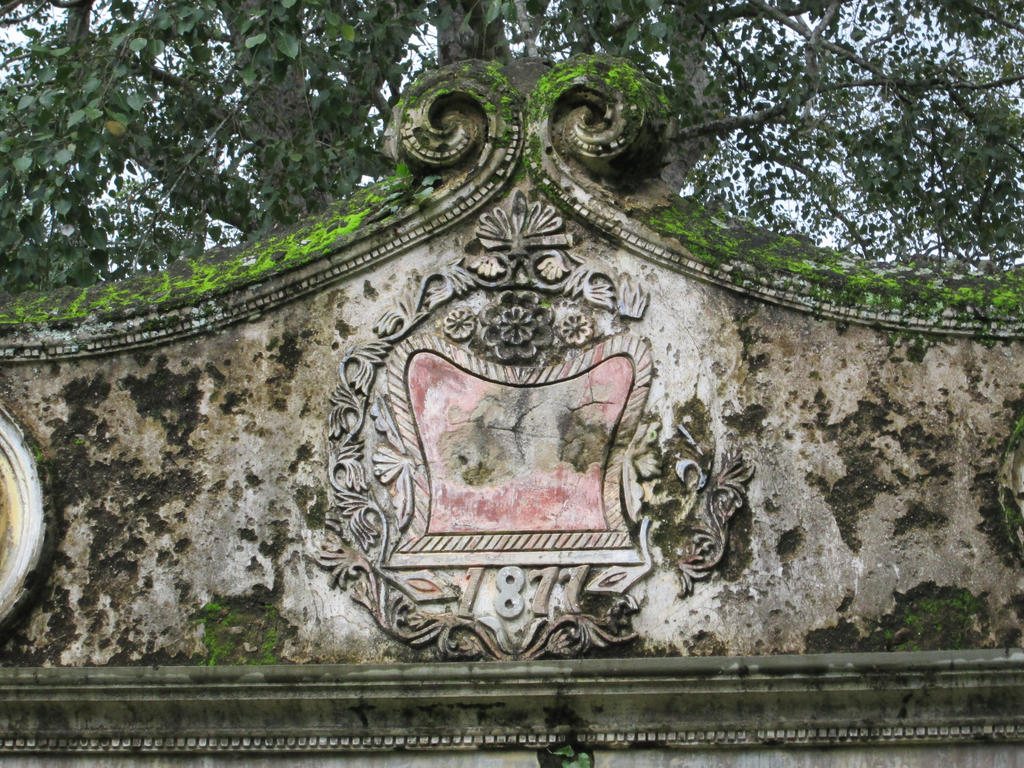
A religious Bo Tree can be seen at the main entrance of the Walauva and there is a special room for religious activities inside the residence.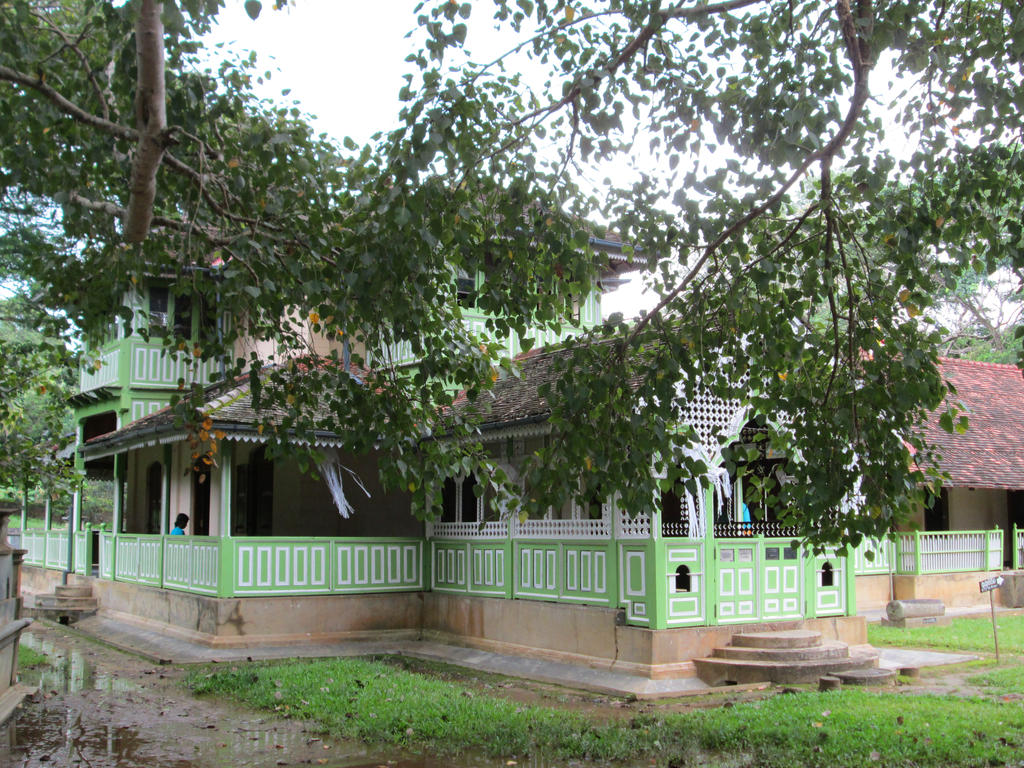
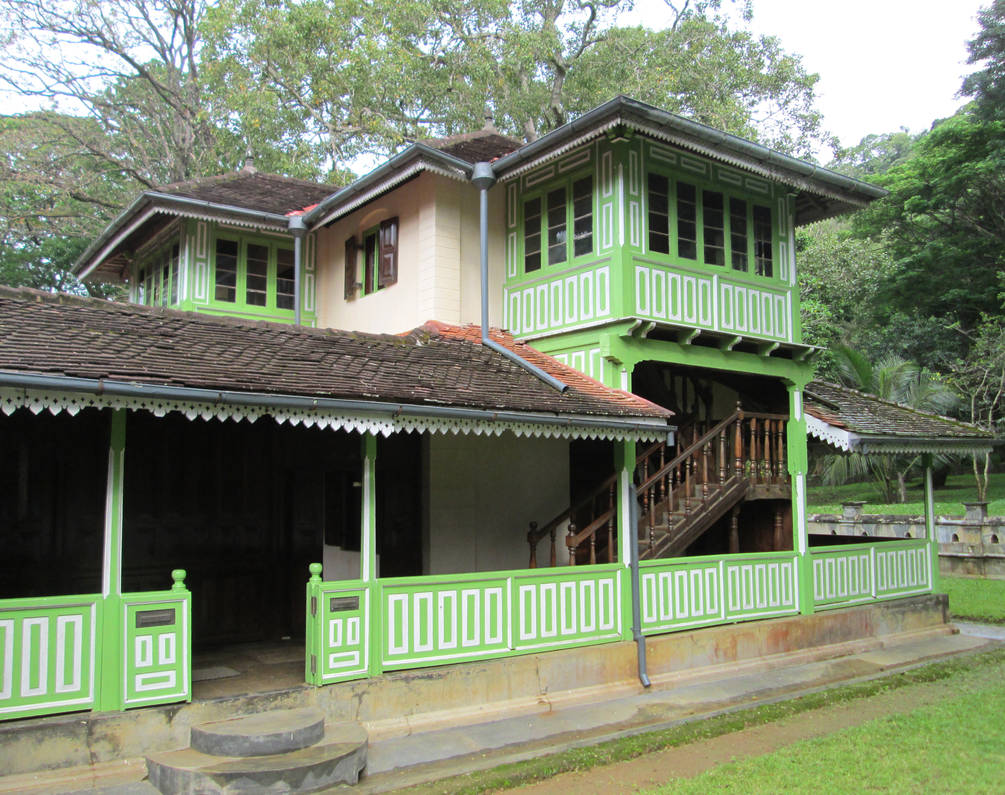
One of Middle yard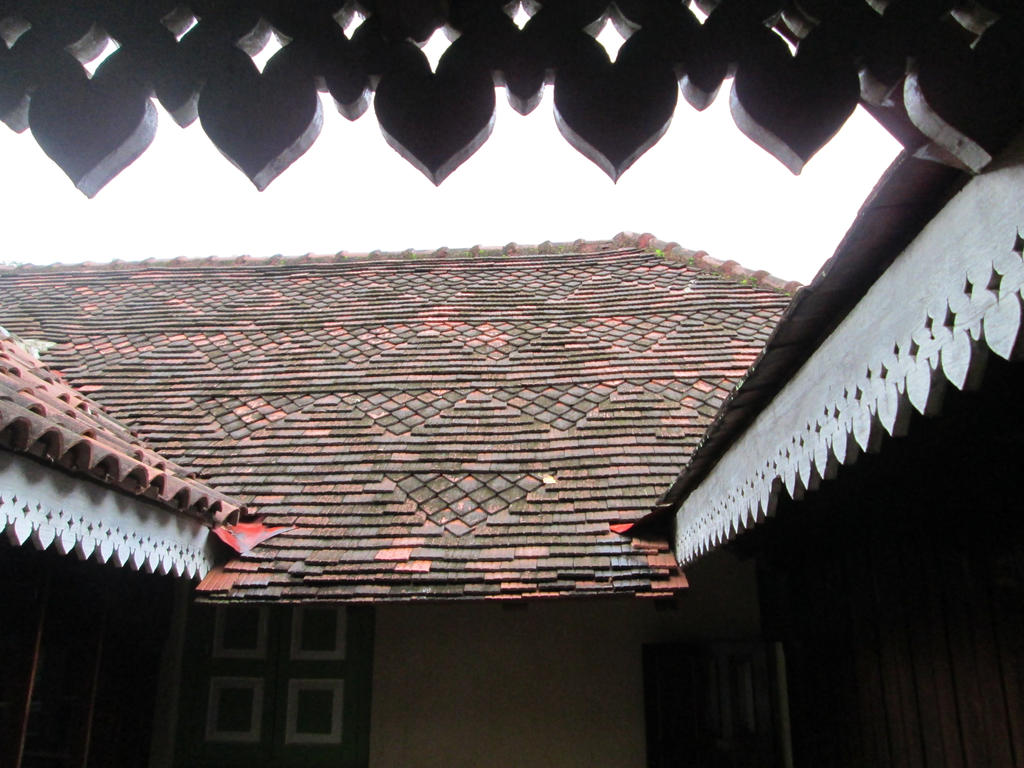
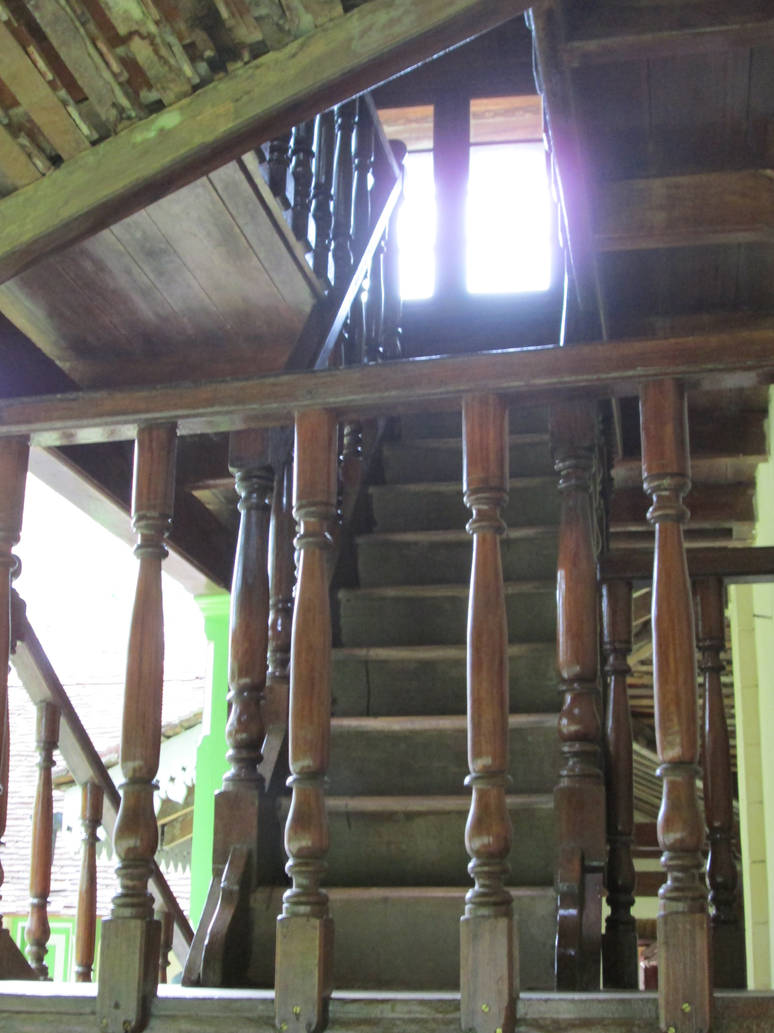

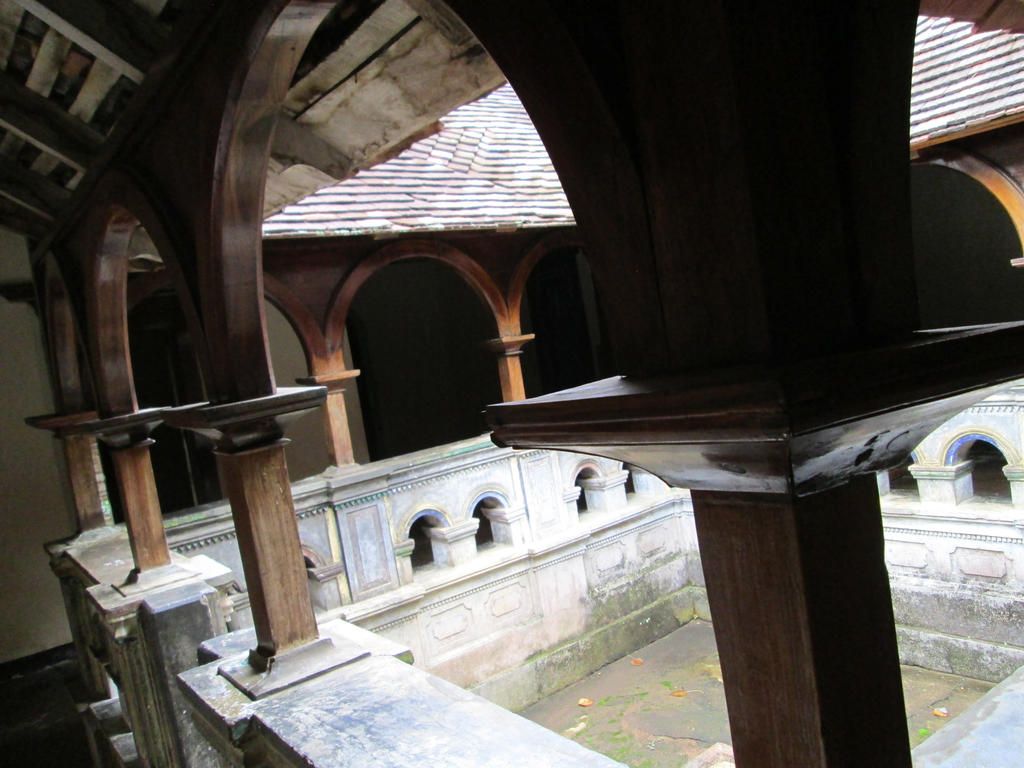
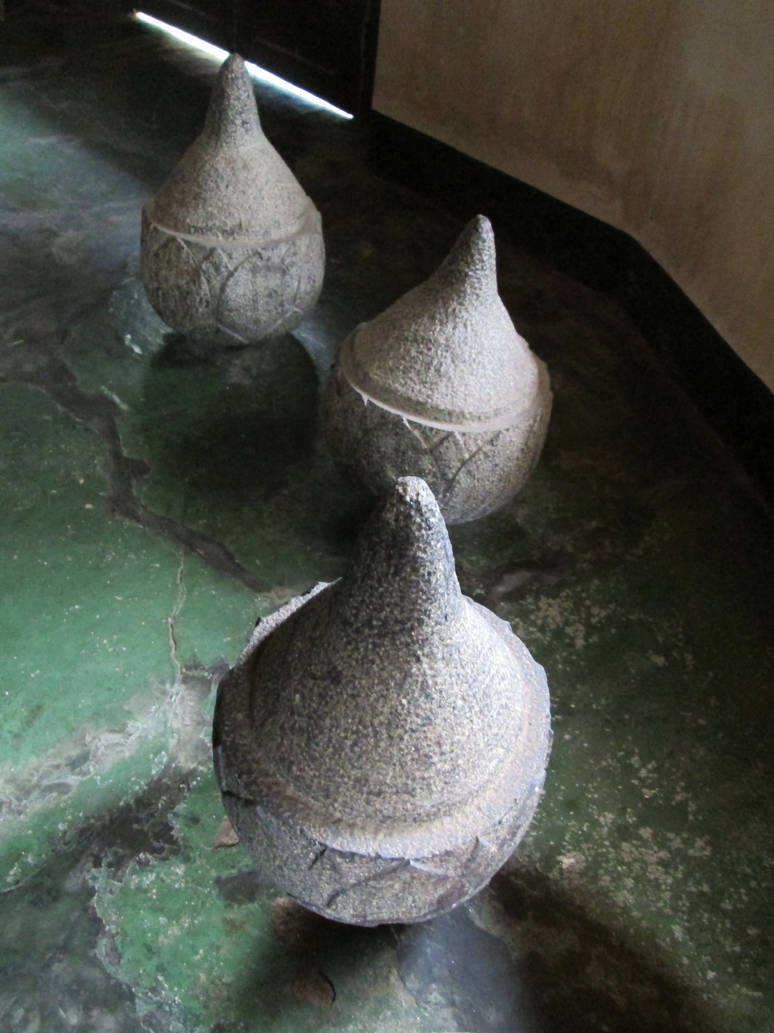
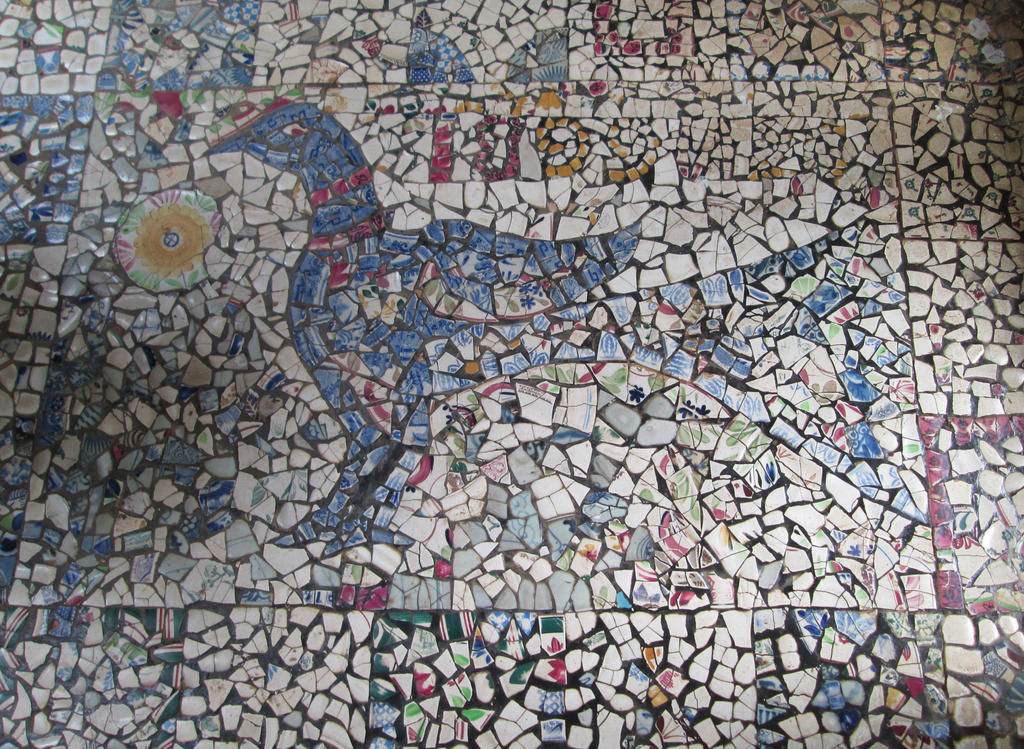
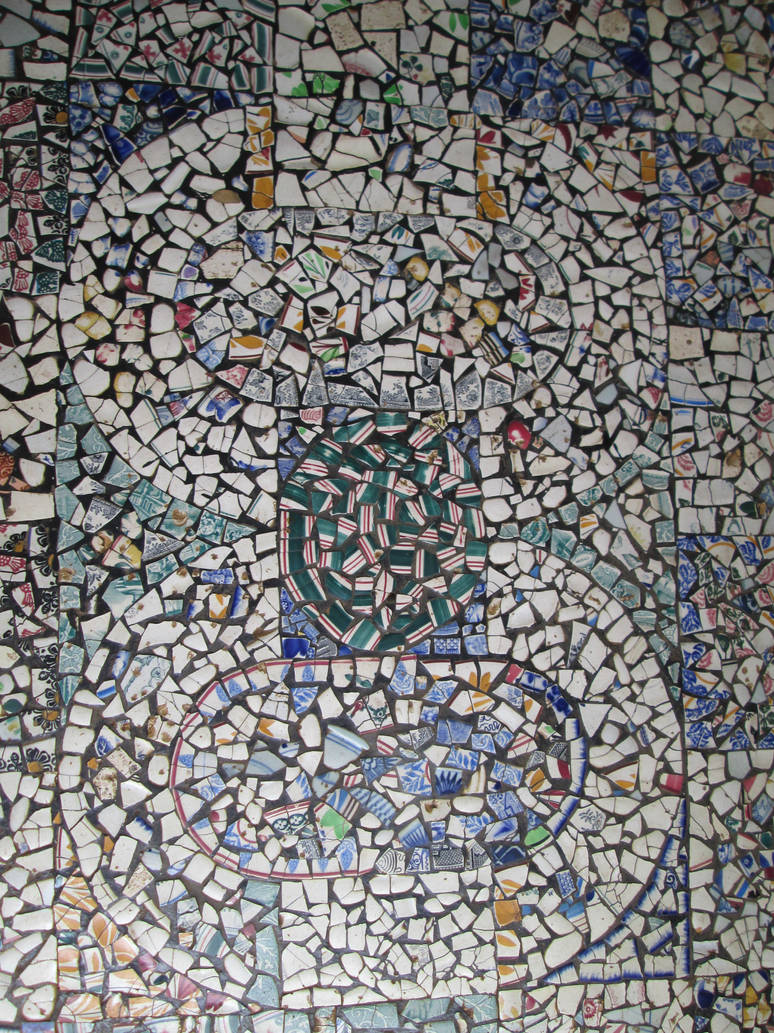

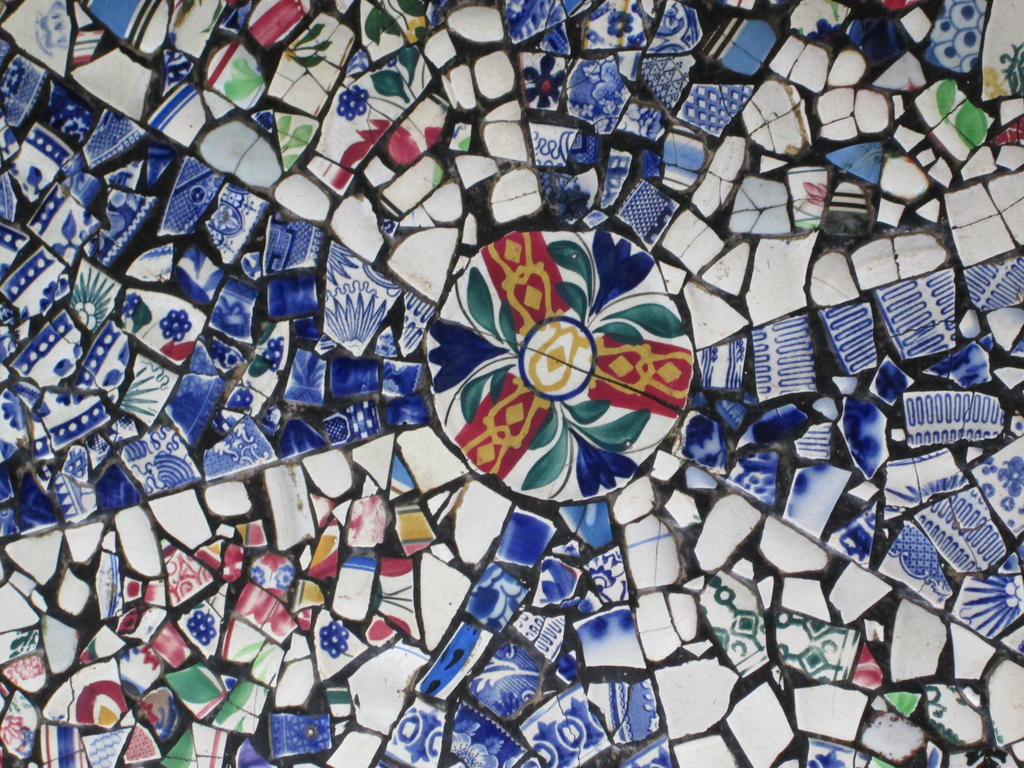
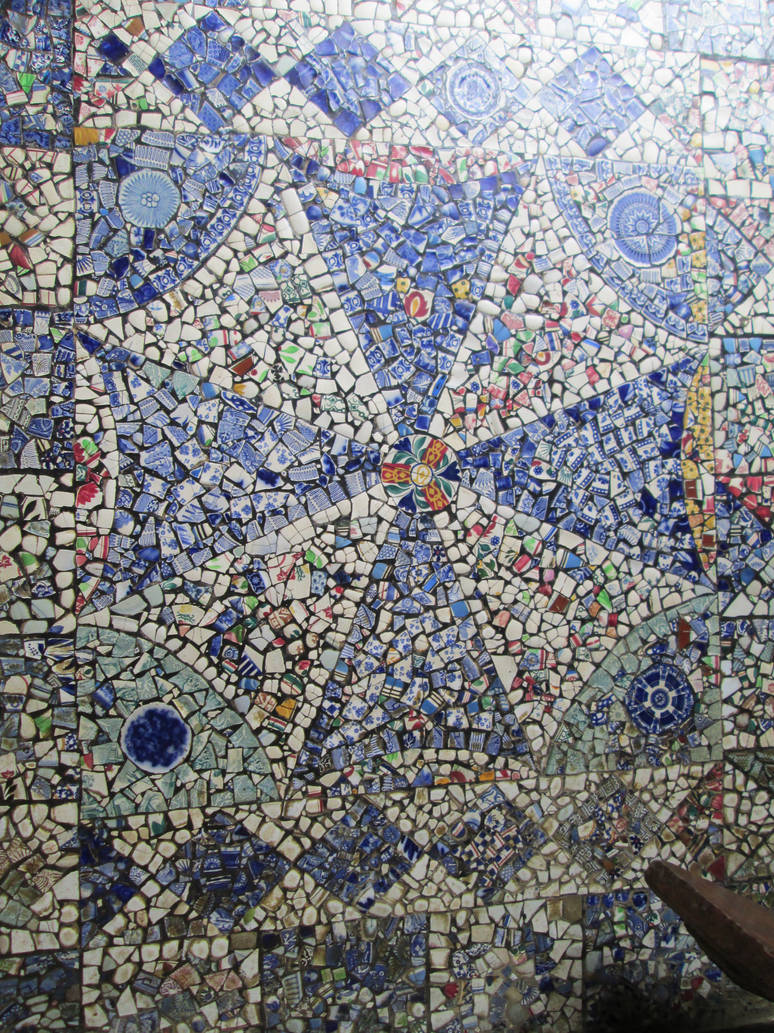
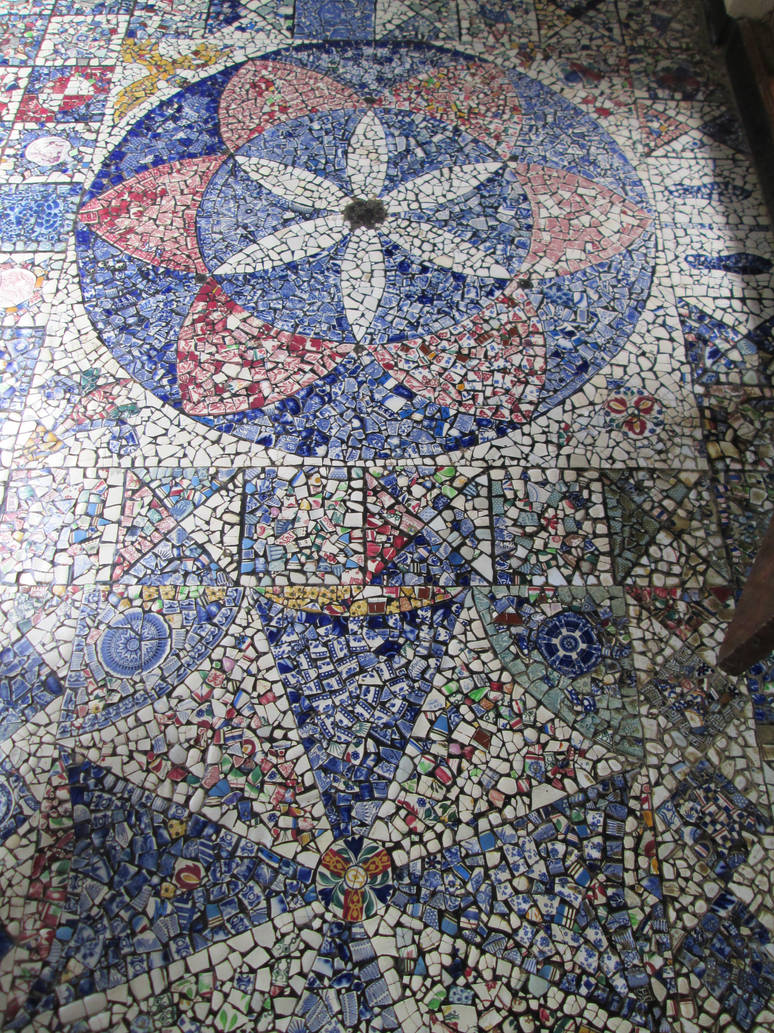
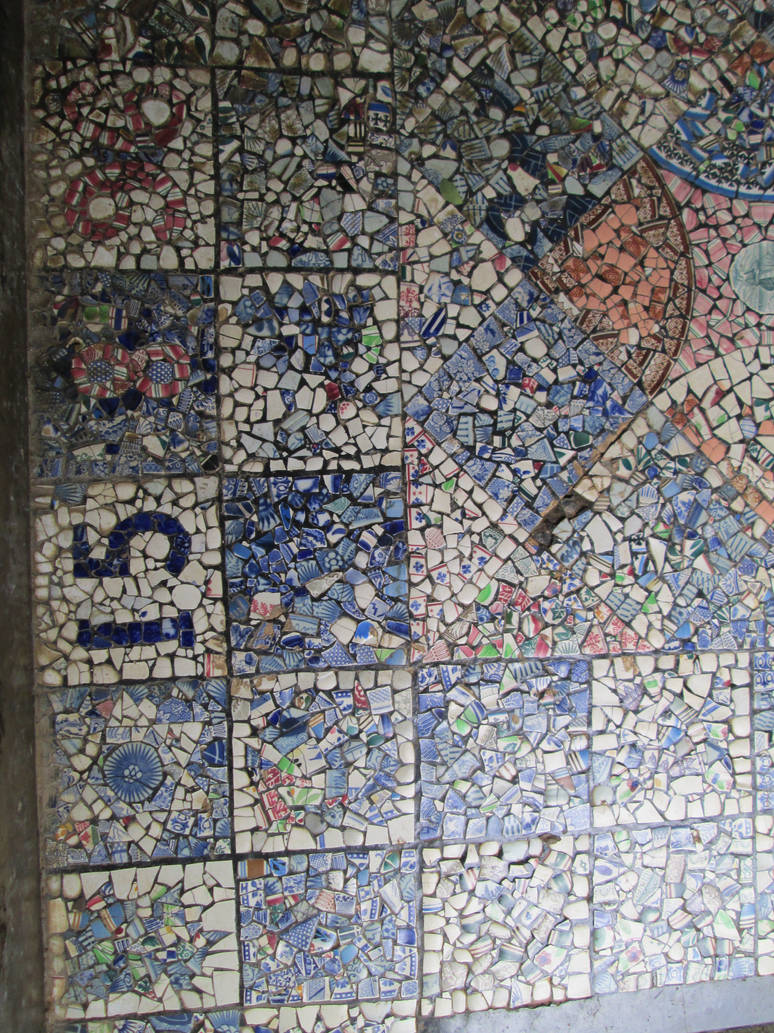
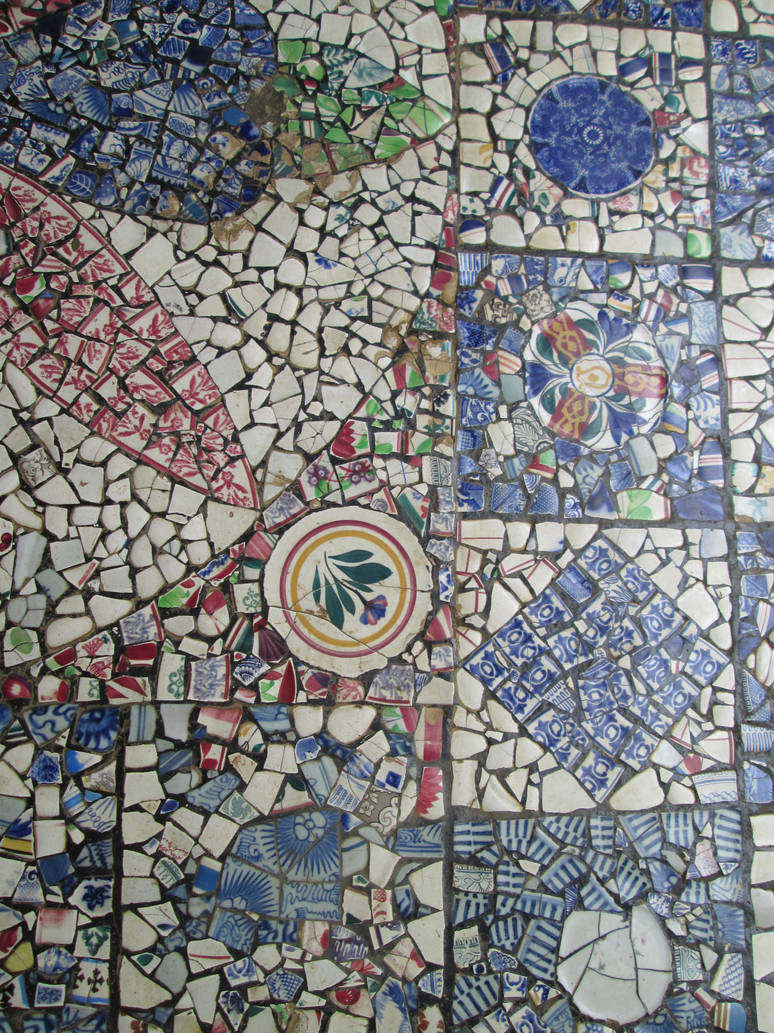
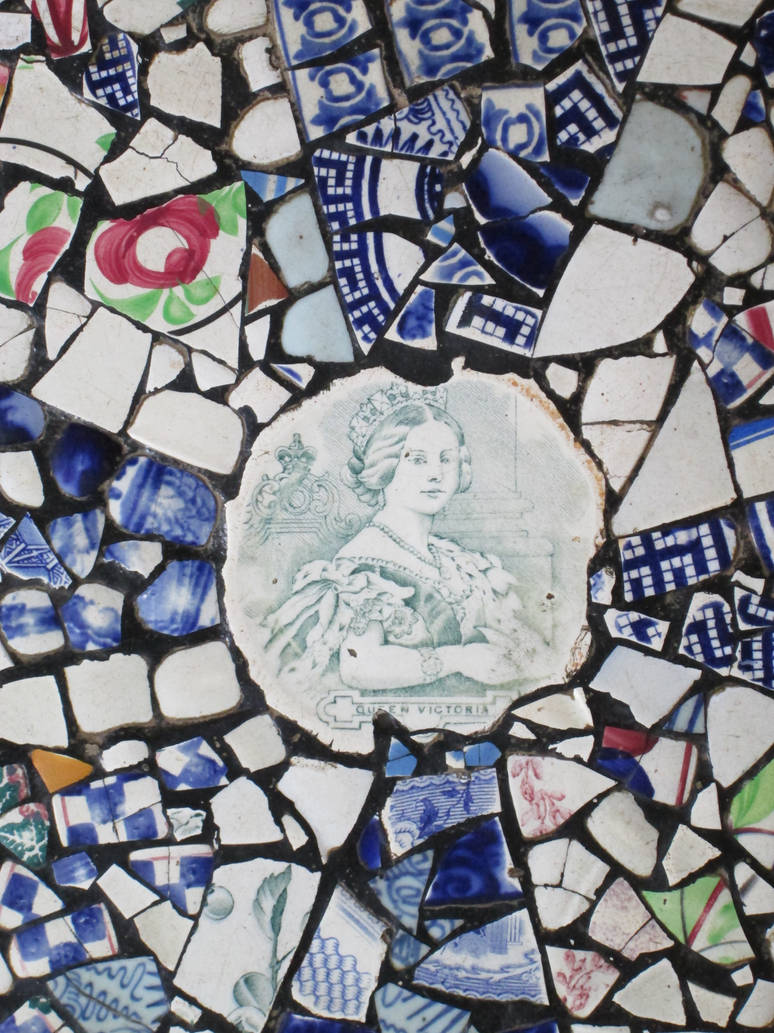
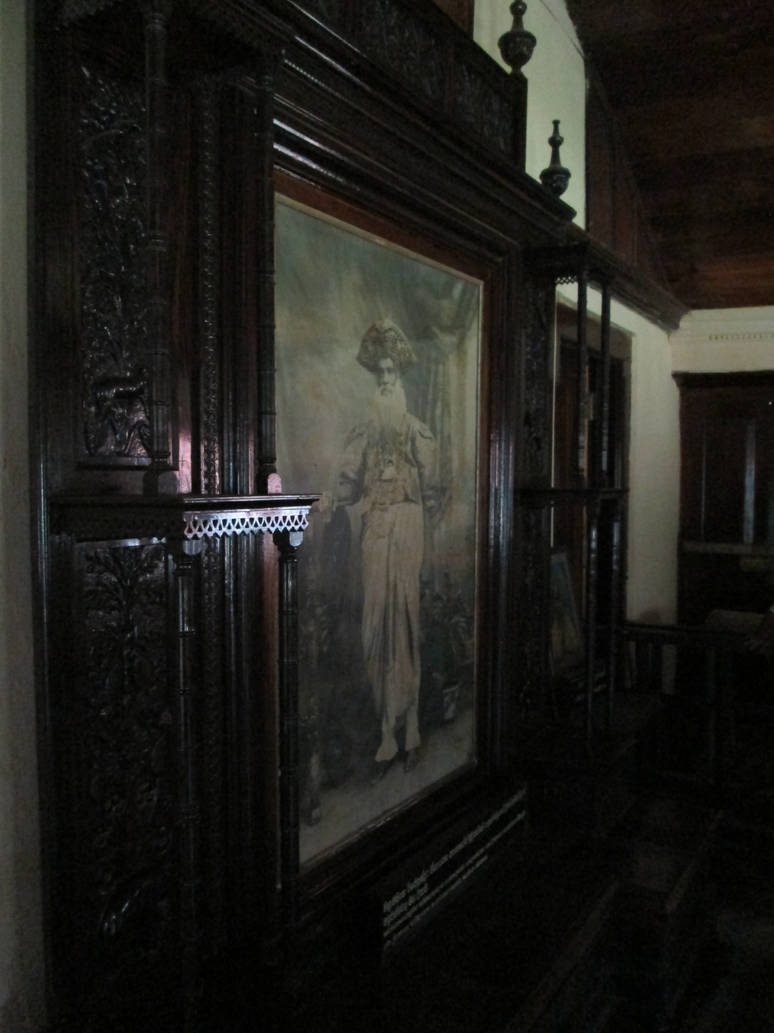
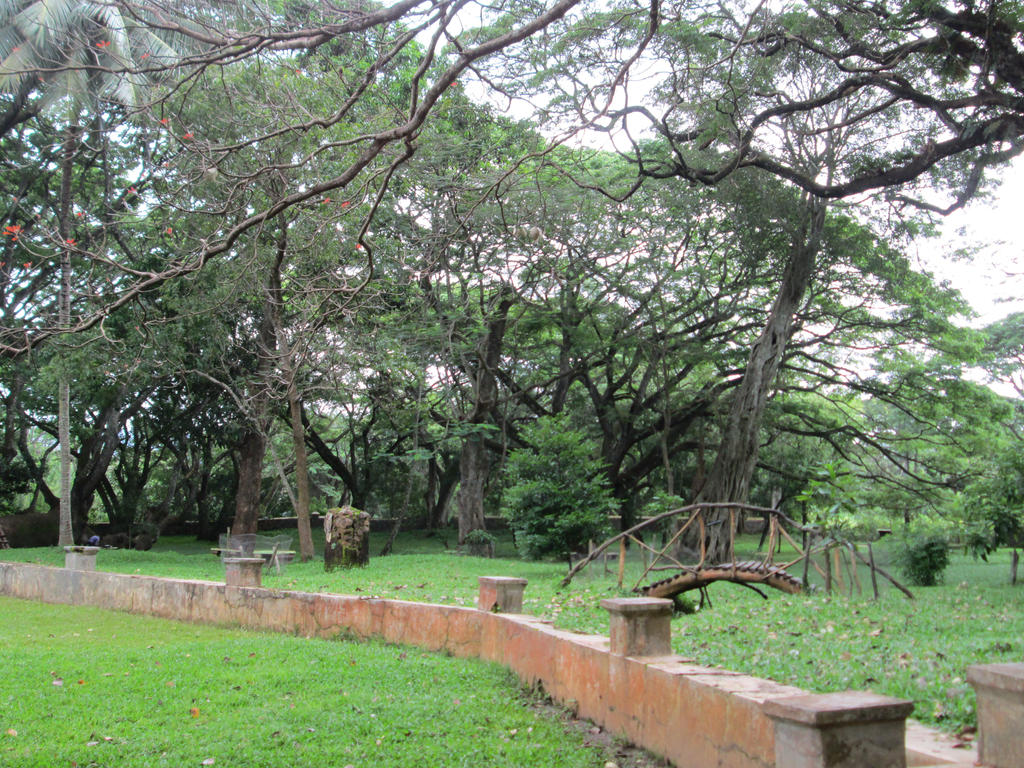
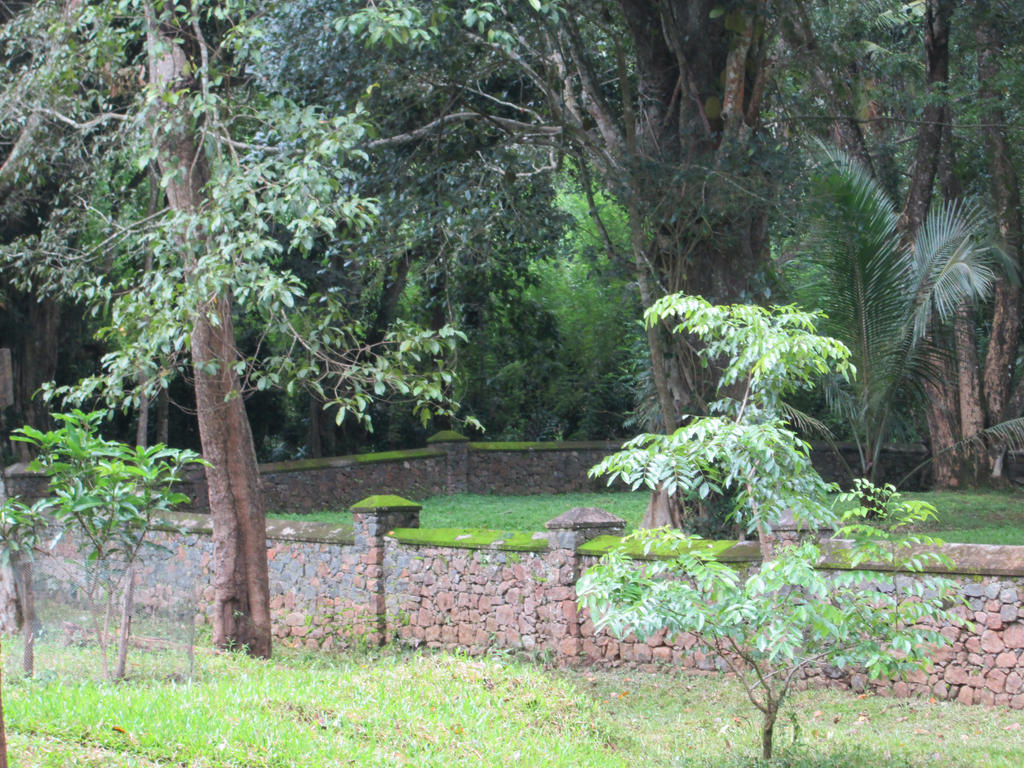
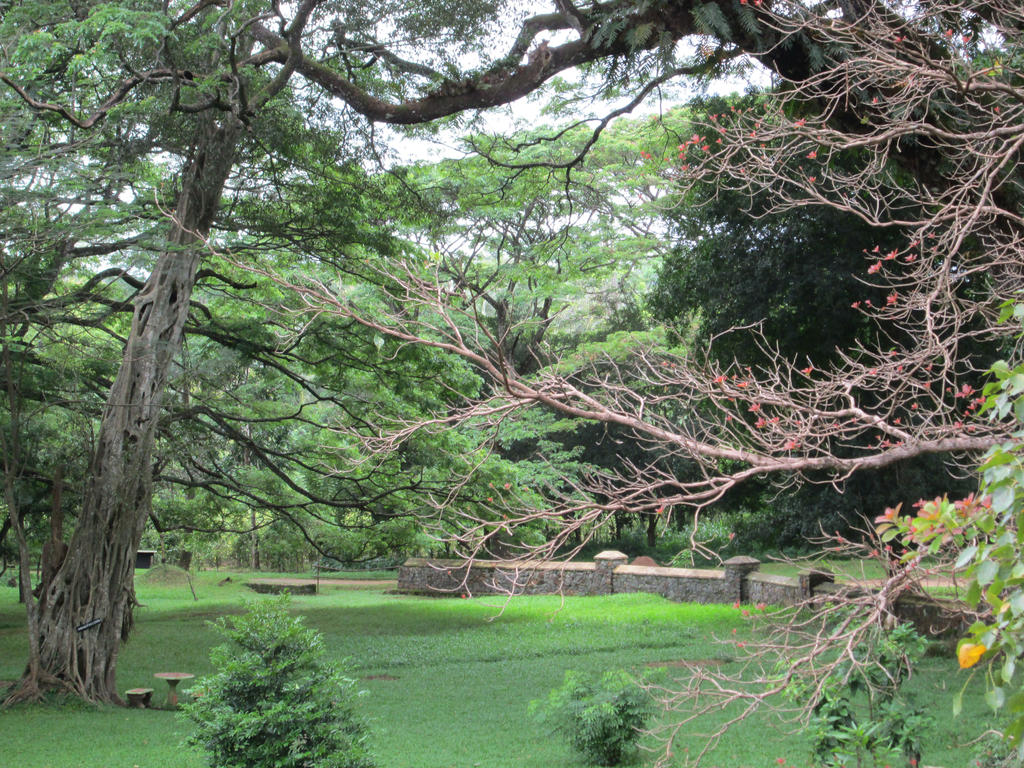
Thank you so much for watching..!
Photos Taken on May 2015
Source
From Wikipedia, the free encyclopedia
en.wikipedia.org/wiki/Maduwanw…






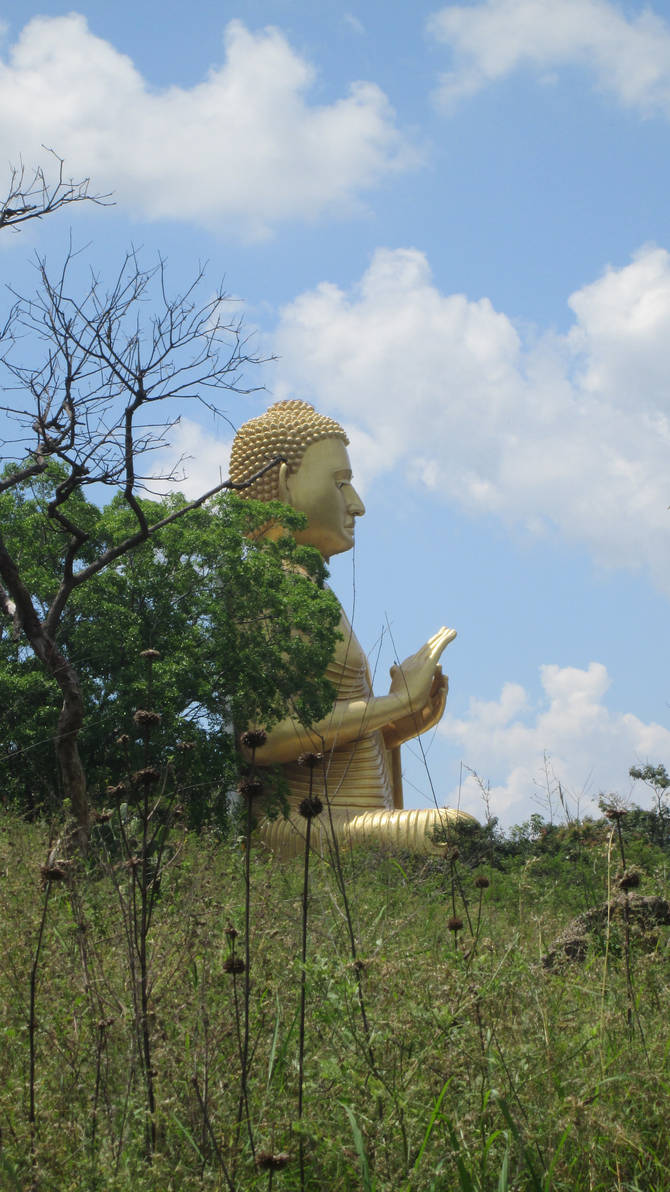



The temple is composed of five caves, which have been converted into shrine rooms. The caves, built at the base of a 150m high rock during the Anuradhapura (1st century BC to 993 AD) and Polonnaruwa times (1073 to 1250), are by far the most impressive of the many cave temples found in Sri Lanka. Access is along the gentle slope of the Dambulla Rock, offering a panoramic view of the surrounding flat lands, which includes the rock fortress Sigiriya, 19 km away. 










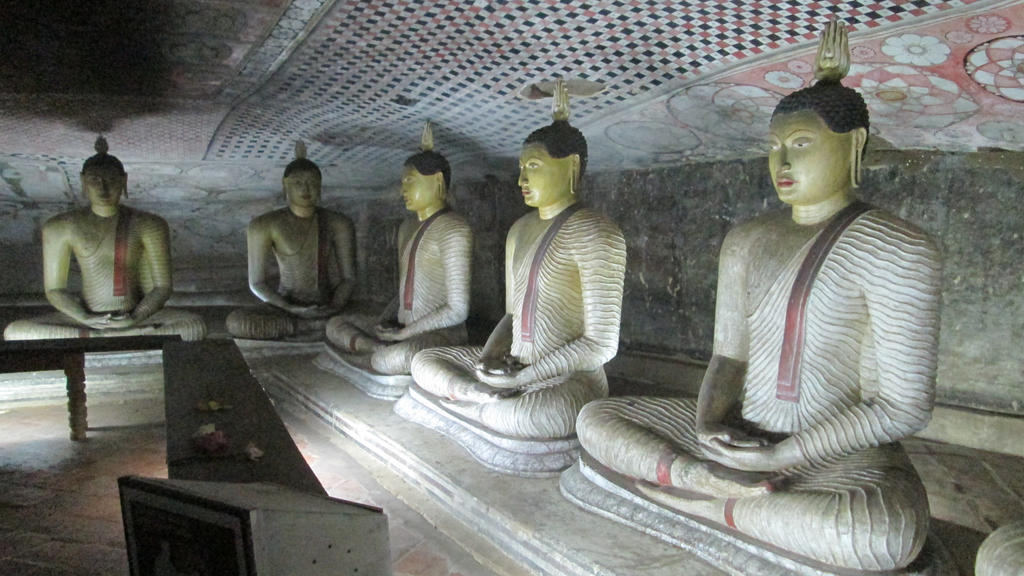






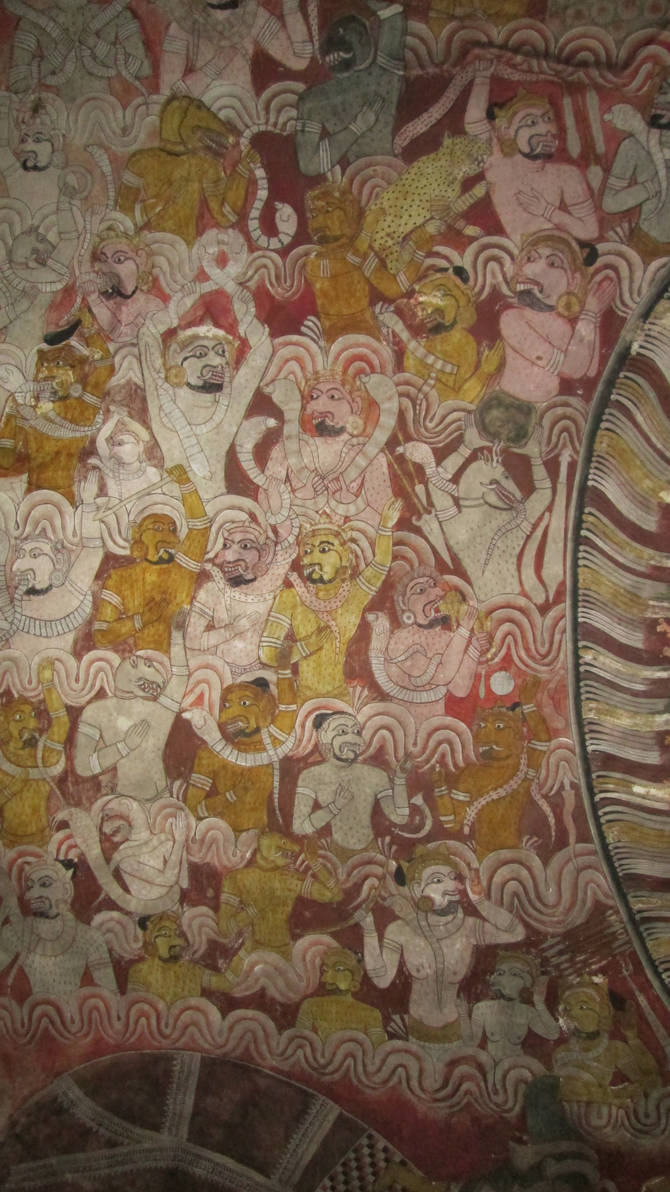
Photos Taken on 29th Apr 2015
Source
From Wikipedia, the free encyclopedia
en.wikipedia.org/wiki/Dambulla…





